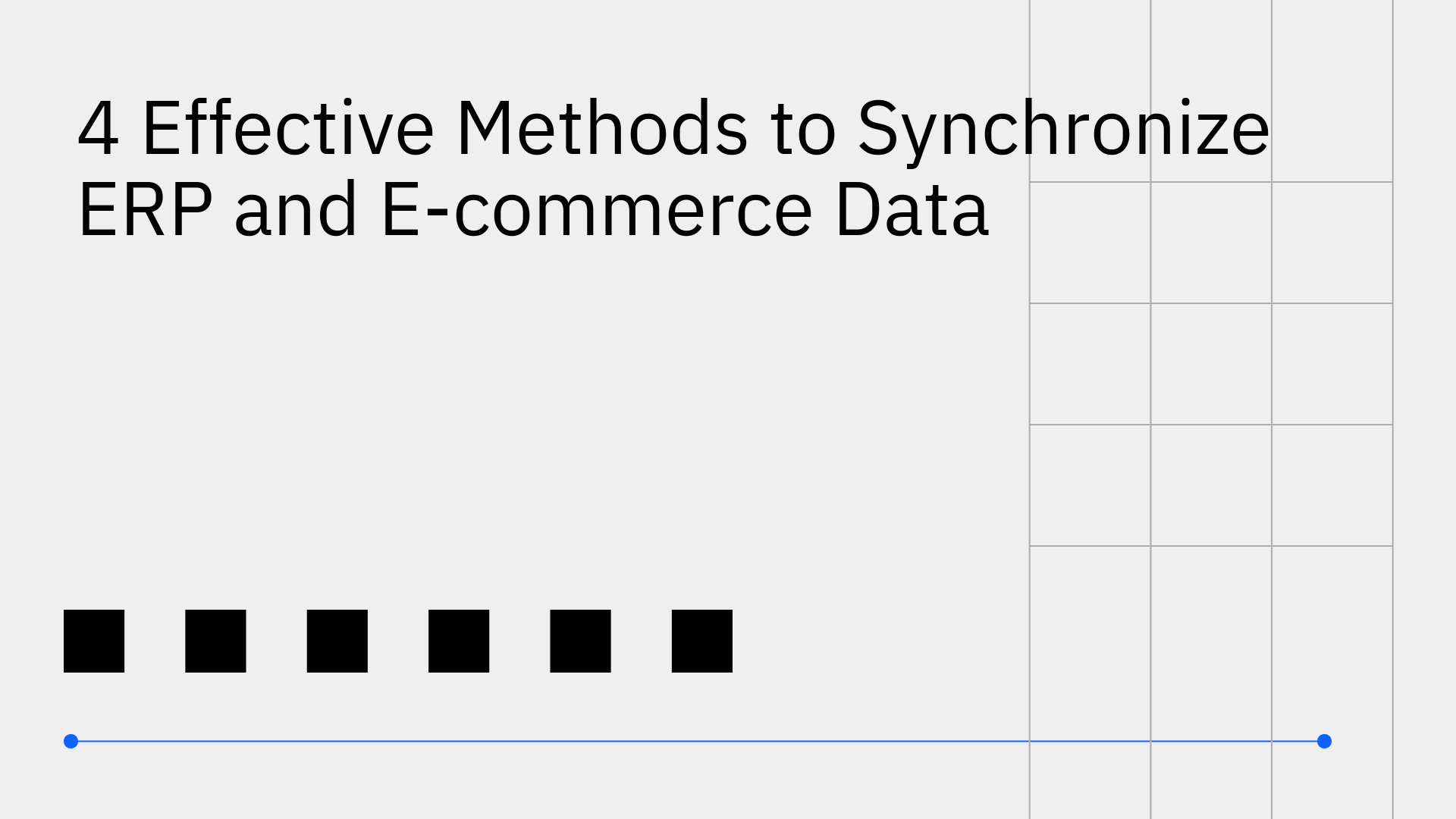
Connecting core operational systems is a foundational requirement for any modern business. For companies running on NetSuite as their ERP and Shopify for their e-commerce storefront, the challenge is acute: how to ensure seamless, real-time data synchronization between these two critical platforms. Manual data transfer is inefficient and prone to costly errors like overselling, inaccurate financial reporting, and poor customer experiences. The technical problem is clear—data silos between NetSuite and Shopify create operational friction and inhibit growth.
Automating the data exchange is the only viable solution. This article explores the primary methods for synchronizing data between NetSuite and Shopify, analyzing the technical trade-offs of each approach. We will examine four common automated data transfer techniques to help you determine the most effective strategy to connect NetSuite with Shopify.
ETL is a foundational data integration process designed for moving large volumes of data between systems in batches. It was one of the first techniques developed to automate data transfer.
ETL processes are typically automated via schedulers and run at set intervals. While effective for one-time data migrations or bulk historical data transfers, ETL is fundamentally a batch-oriented process. Its inherent latency makes it unsuitable for the real-time requirements of modern e-commerce, where immediate updates to inventory levels, order status, and customer information are critical to operational efficiency and customer satisfaction.
EDI is a communication technology standard used for exchanging transactional documents between business partners. It revolutionized B2B data exchange by creating a standardized format for documents like purchase orders and invoices.
The process involves:
While historically significant, EDI is a legacy technology that presents considerable challenges when trying to connect NetSuite with Shopify. It is not designed for real-time, API-driven environments. The reliance on VANs adds complexity and cost, and the non-real-time nature of the exchange is a major technical limitation for synchronizing critical e-commerce data like inventory and order fulfillment status.
A modern approach is to build a custom, point-to-point integration using the native APIs provided by both NetSuite and Shopify. This method involves writing code that directly calls the APIs of each platform to pull and push data for entities like products, customers, and sales orders.
The Technical Challenge: While offering maximum flexibility, this approach introduces significant technical debt and operational risk. Building a robust, custom integration requires substantial upfront engineering investment and, more critically, continuous maintenance. Engineers must handle complex challenges such as:
This diverts valuable engineering resources from core business initiatives to building and maintaining internal tools—a task that is not a core competency for most e-commerce businesses.
Integration Platform as a Service (iPaaS) solutions offer a "hub-and-spoke" model, where a central platform manages data flows between multiple applications. These platforms provide pre-built connectors and visual workflow builders to connect systems like NetSuite and Shopify.
The Inefficiency: While an improvement over custom code, generic iPaaS solutions are designed to be a jack-of-all-trades. This broad focus means they often lack the specialized functionality required for a high-stakes, bi-directional sync between an ERP and an e-commerce platform. They can introduce unnecessary complexity, require extensive configuration to replicate true bi-directional logic, and may struggle with the low-latency performance needed for real-time inventory updates. Their conflict resolution and error handling capabilities are often generic and not purpose-built for the specific nuances of NetSuite and Shopify data models.
The limitations of traditional methods highlight a critical need: a solution engineered specifically for real-time, reliable, and truly bi-directional synchronization between operational systems. This is precisely the problem Stacksync was built to solve.
Stacksync is not a generic iPaaS or a simple connector; it is a purpose-built synchronization platform that provides a robust, performant, and reliable bridge between your most important applications, including NetSuite and Shopify. It eliminates the technical problems of data inconsistency, high latency, and engineering overhead that plague other methods.
Predictable & Efficient
With Stacksync, you achieve guaranteed data consistency across your entire operational stack. Key data points such as inventory levels, sales orders, fulfillment status, customer information, and pricing are kept in perfect, real-time alignment between NetSuite and Shopify.
Stacksync delivers key technical and operational benefits:
While various methods exist to connect NetSuite with Shopify, they all present significant trade-offs in reliability, cost, and complexity. For businesses that cannot afford data inconsistency or operational downtime, a purpose-built solution is the only logical choice. Stacksync provides a reliable, efficient, and scalable platform to ensure your operational systems are always in sync.